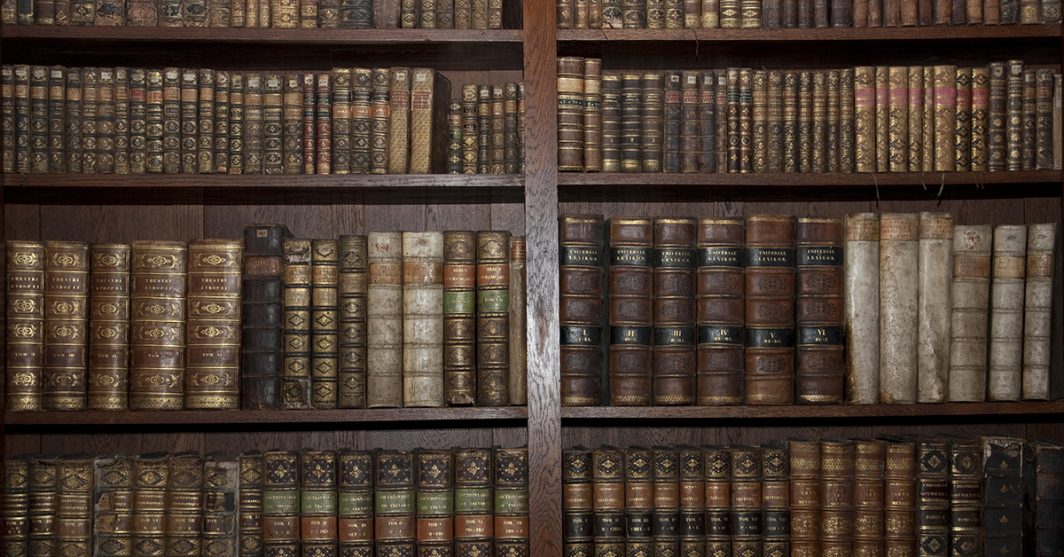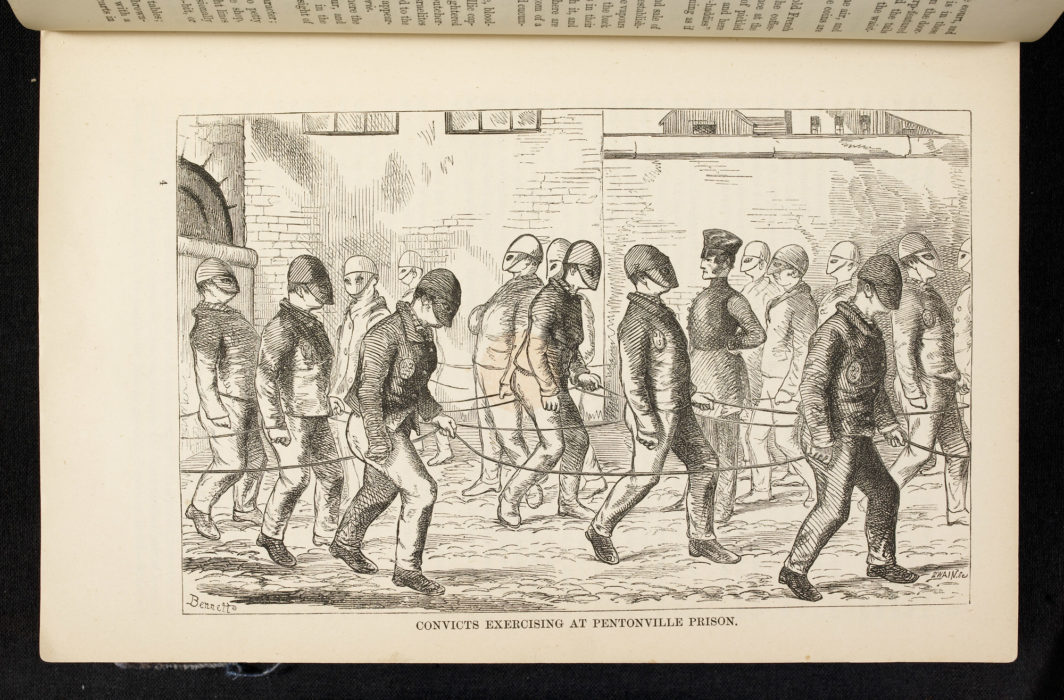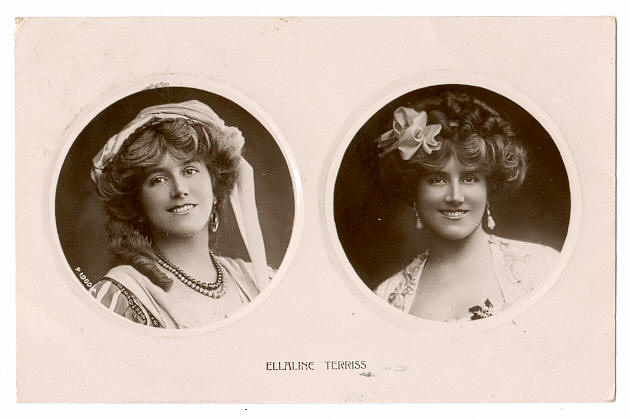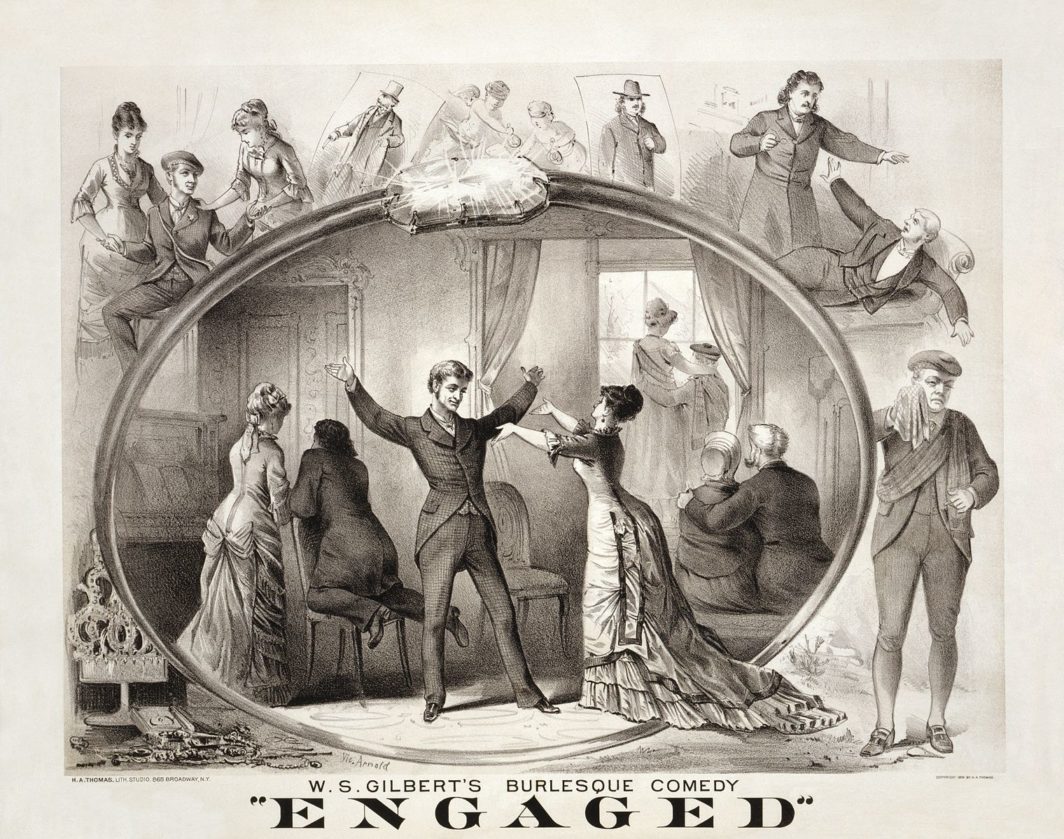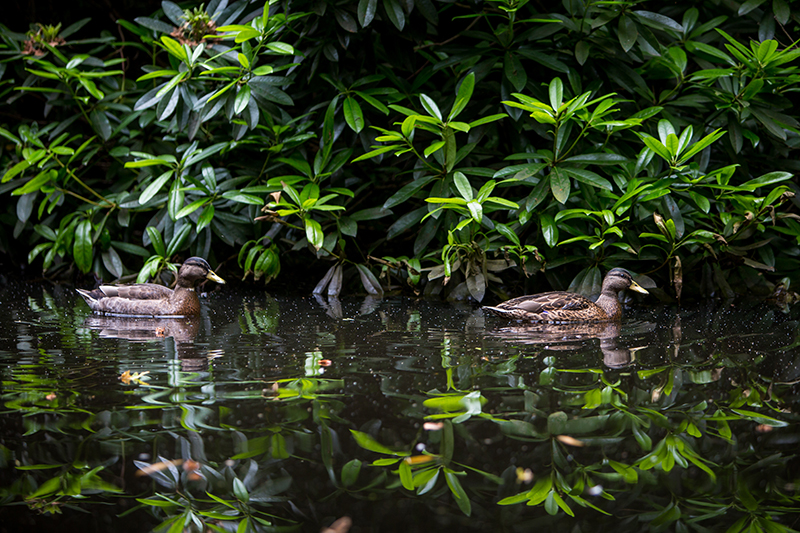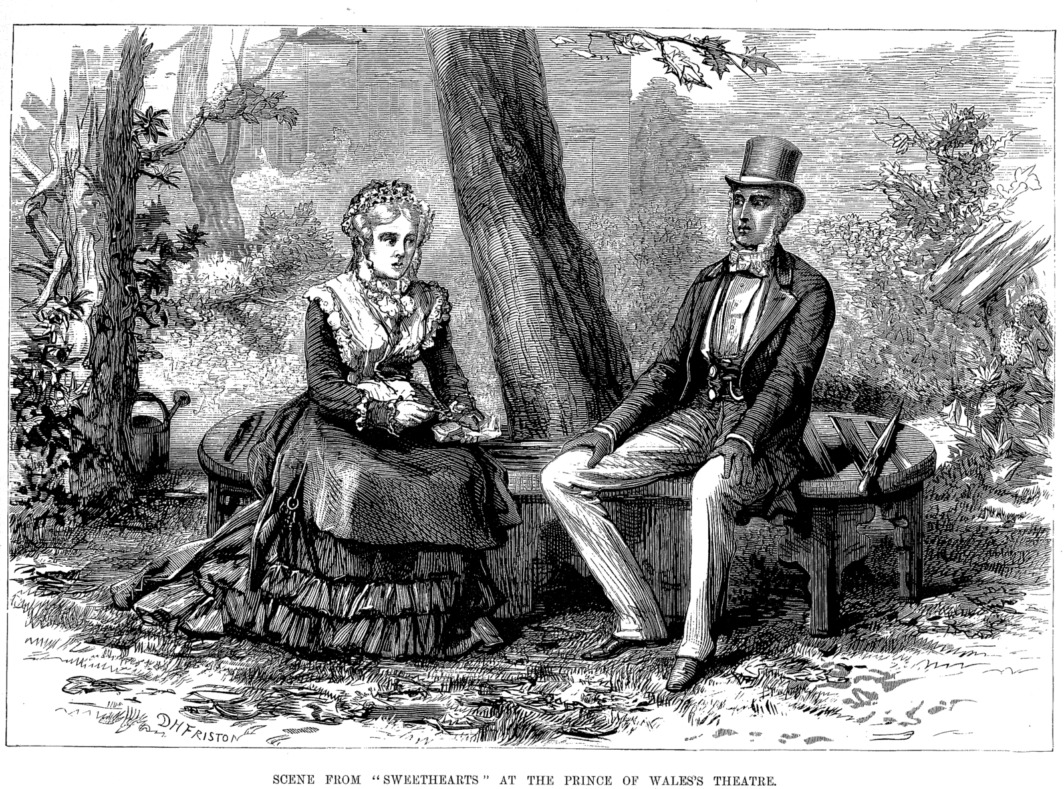W.S. Gilbert enjoyed indulging in his hobbies and interests, whilst at Grim’s Dyke. He not only found them creative and inspiring, they bought him closer to his family and allowed him to spend time in the grounds at Grim’s Dyke – something he loved dearly. Grim’s Dyke – one of Gilberts greatest hobbies Grim’s Dyke wasn’t only his home, it … Read More
Rosencrantz and Guildenstern: A time when W.S. Gilbert was king
Known for having a genuine affection for amateur actors, Sir William Schwenck Gilbert was keen on performing as an amateur actor himself. He would occasionally write short plays to be used as charity performances and to raise funds for local hospitals. Frequently, he’d encourage his friends and colleagues to become part of the performing cast and Gilbert himself, was also known to take on the odd acting … Read More
10 things you didn’t know about W.S. Gilbert
Sir William Schwenck Gilbert was best known as a dramatist, librettist, poet and illustrator. His Savoy Operas with Sir Arthur Sullivan made him renown, even to this day. However, there are some things that you may not have known about W.S. Gilbert – here’s 10 of the most interesting: #1: W.S. Gilbert had the Dickensian habit of wearing a red … Read More
The Hooligan by W.S. Gilbert
Produced just four months before W.S. Gilbert’s death, this one-act play was a grim, yet powerful play. It was a study of a young condemned murderer, waiting in a prison cell for his execution and was inspired by the celebrated Crippen murder trial of 1910. One of Gilbert’s most successful serious dramas Gilbert focused on showing sympathy for the villain, … Read More
Sir Edward Seymour Hicks
Sir Edward Seymour Hick, better known as Seymour Hicks, was an actor, performer, playwright, screenwriter, actor-manager and producer – and frequent visitor to Grim’s Dyke. Both Hicks and his wife were friends of W.S. Gilbert and his wife, Lady Lucy, making them frequent visitors to Grim’s Dyke. Ironically, hicks first taste of acting was in a school play when, at … Read More
Ellaline Terriss – popular English actress and singer
Born Mary Ellaline Lewin, in Stanley, Falkland Islands, Terriss came from a family of performers. Best known for her performances in Edwardian Theatre comedies, she had a career that spanned 52 years. Her father, William Lewin, (known by his stage name William Terriss), was a well-known actor in London. Her mother, Isabel Lewis, acted too, under her stage name Amy … Read More
W.S. Gilbert’s stage management methods
As illustrated in The Strand interview1, W.S. Gilbert was a thorough stage manager, who planned everything in great detail. His need for detail involved having exact replicas of the stage, actors and scenes created, so he could plan, in depth, exactly who should be on stage at any given time. This is possibly why he was revered so much, as … Read More
The lake at Grim’s Dyke
The artificial ornamental lake at Grim’s Dyke must have been one of the biggest gardens and grounds projects undertaken by Sir William and Lady Gilbert. The original lake was way beyond the house and ornamental gardens, so, under Sir William’s direct supervision, it was extended, firstly in 1899, then again in 1905, until it reached a surface area of 1.5 … Read More
Memorial to W.S. Gilbert
If you cross the road from Victoria Embankment, on the retaining river wall, the northern side of Hungerford Bridge, you’ll find the memorial to Sir William Schwenck Gilbert. Showing a bronze side profile of the dramatist, it has two wreaths above, a shield below and two women depicting tragedy and comedy. Tragedy has a book on her lap and is … Read More
The Victorian art of Curio collecting
Curios, otherwise known as knick-knacks, trinkets and ornaments are one of those household things that you either love or hate – and it seems, that the Victorian had rather a passion for them! The Victorian love of Curios The Victorians loved to collect curios and display them around the house – many even had a curio cabinet, full of the … Read More


